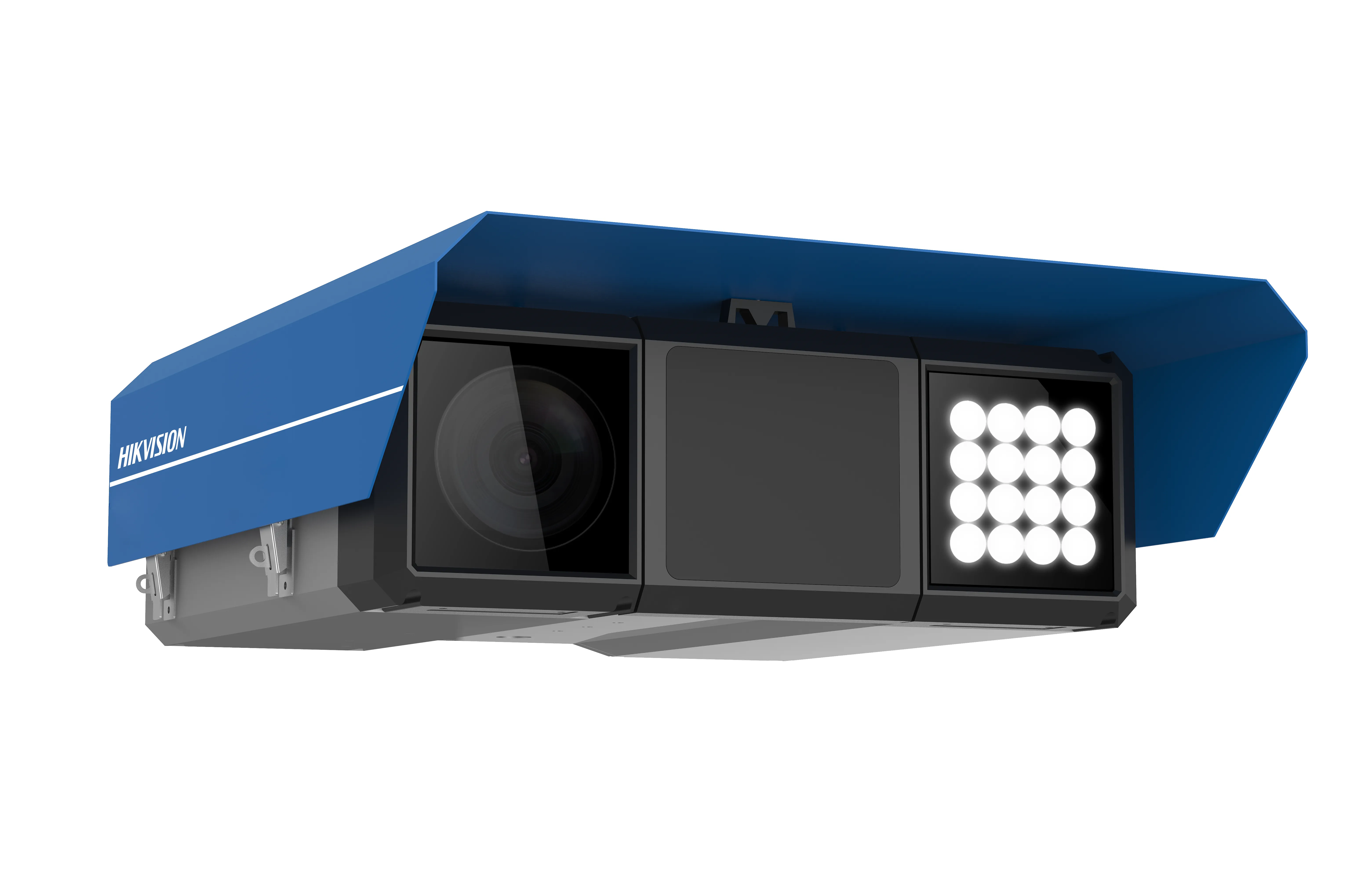When Caltrans district 7 began the first phase of a multi-phase audio-visual (AV) system upgrade at its Los Angeles facility, it contracted with Electrosonic to create a brighter, more reliable video wall for traffic monitoring that takes advantage of the latest in projection technology. “Caltrans district 7 has more than 400 cameras on the highways of Los Angeles and Ventura counties,” says Electrosonic project manager Guy Fronte. “They can review camera feeds 24/7 in the facility and when there’s a traffi
February 26, 2013
Read time: 3 mins
RSSWhen 3879 Caltrans district 7 began the first phase of a multi-phase audio-visual (AV) system upgrade at its Los Angeles facility, it contracted with 6683 Electrosonic to create a brighter, more reliable video wall for traffic monitoring that takes advantage of the latest in projection technology.
“Caltrans district 7 has more than 400 cameras on the highways of Los Angeles and Ventura counties,” says Electrosonic project manager Guy Fronte. “They can review camera feeds 24/7 in the facility and when there’s a traffic event, road damage or an accident, they can magnify that feed on the video wall. The video wall is integral to 24-hour traffic management.”
The existing video wall comprises a twelve-screen centre unit in a four by three configuration flanked by a pair of six screen three by two units. The giant wall features 80-inch diagonal screens in the centre and 52-inch screens on the sides.
The standard format of the wall has single camera feeds on the side screens and two by two graphic traffic patterns on the centre screen with single-camera feeds surrounding them. “They monitor heavy traffic volume locations and can bring any one of those feeds up on the larger central display as needed,” Fronte explains.
The wear and tear of more than five years of constant operation had taken their toll on the existing rear-projection engines and begun to degrade the facility’s ability to monitor traffic, so Electrosonic replaced the video wall engines with7336 Christie one-chip SXGA displays to take advantage of improved projector quality. Christie RPMSP-D132U displays were selected for the centre screen and RPMX-D132U displays for the side screens.
The side projectors were installed in existing cabinets behind the video wall; the centre projectors were placed in a huge metal framework previously built by Electrosonic.
“Caltrans district 7 has the most spacious rear-projection room I’ve ever worked in,” says Fronte. “It’s very well thought out, so replacing the engines was quite simple.”
The primary challenge for the installation was working in conjunction with the 24/7 hours of the facility. “We couldn’t take down the wall during rush hours, so we swapped out one projector at a time to allow for continuous operation,” Fronte notes.
Video wall control is achieved using a Quantum processor previously installed by Electrosonic. The Crestron touchscreen control system that operates the wall turns the system on and off and monitors lamp life was modified to accommodate the new projector engines.
Electrosonic also furnished forty-eight spare lamps and is providing an extensive two-year service contract, which includes complete parts and labour, unlimited telephone support, proactive preventive maintenance visits and eight-hour response time on weekdays.
“Caltrans district 7 has more than 400 cameras on the highways of Los Angeles and Ventura counties,” says Electrosonic project manager Guy Fronte. “They can review camera feeds 24/7 in the facility and when there’s a traffic event, road damage or an accident, they can magnify that feed on the video wall. The video wall is integral to 24-hour traffic management.”
The existing video wall comprises a twelve-screen centre unit in a four by three configuration flanked by a pair of six screen three by two units. The giant wall features 80-inch diagonal screens in the centre and 52-inch screens on the sides.
The standard format of the wall has single camera feeds on the side screens and two by two graphic traffic patterns on the centre screen with single-camera feeds surrounding them. “They monitor heavy traffic volume locations and can bring any one of those feeds up on the larger central display as needed,” Fronte explains.
The wear and tear of more than five years of constant operation had taken their toll on the existing rear-projection engines and begun to degrade the facility’s ability to monitor traffic, so Electrosonic replaced the video wall engines with
The side projectors were installed in existing cabinets behind the video wall; the centre projectors were placed in a huge metal framework previously built by Electrosonic.
“Caltrans district 7 has the most spacious rear-projection room I’ve ever worked in,” says Fronte. “It’s very well thought out, so replacing the engines was quite simple.”
The primary challenge for the installation was working in conjunction with the 24/7 hours of the facility. “We couldn’t take down the wall during rush hours, so we swapped out one projector at a time to allow for continuous operation,” Fronte notes.
Video wall control is achieved using a Quantum processor previously installed by Electrosonic. The Crestron touchscreen control system that operates the wall turns the system on and off and monitors lamp life was modified to accommodate the new projector engines.
Electrosonic also furnished forty-eight spare lamps and is providing an extensive two-year service contract, which includes complete parts and labour, unlimited telephone support, proactive preventive maintenance visits and eight-hour response time on weekdays.









